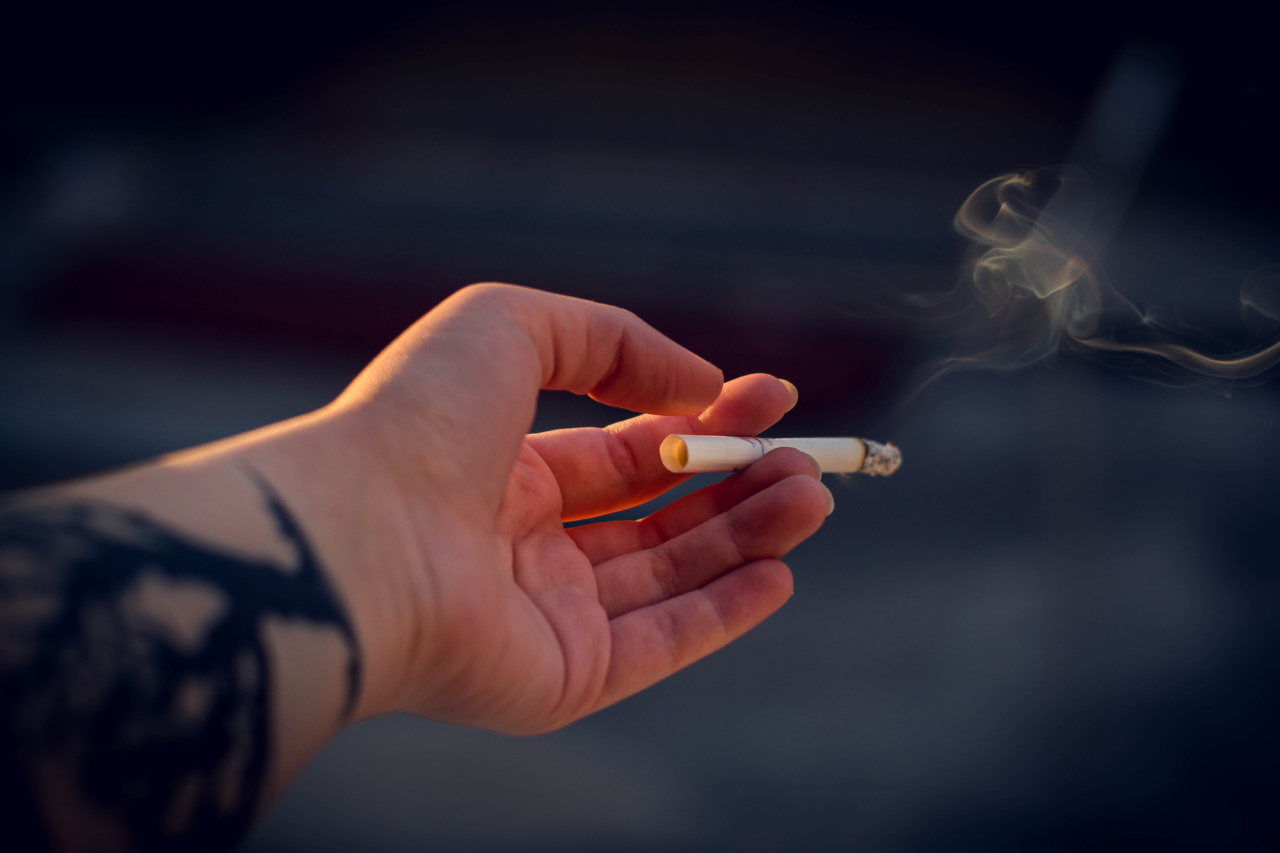Most people are aware of the dangers of smoking, but what many do not realize is that the effects of smoking can extend far beyond the smoker themselves.
Third-hand smoke, the residue left behind from smoking, can have negative consequences for non-smokers who are exposed to it, including an increased risk of dermatitis and psoriasis. In this article, we will explore the ways that third-hand smoke affects the skin and the potential risks for those who are regularly exposed to it.
What is Third-Hand Smoke?
First-hand smoke is what smokers inhale directly from cigarettes, while second-hand smoke is what non-smokers breathe in from the surrounding air.
These two forms of smoke are well-known hazards, but what is less well-known is the danger posed by third-hand smoke. Third-hand smoke is the residue left behind by smoking, which clings to surfaces like clothing, carpets, and furniture. It can even be found on the skin and hair of smokers, and is not removed by typical air filtration systems.
How Does Third-Hand Smoke Affect the Skin?
There are many ways that third-hand smoke can affect the skin, but two of the most common are dermatitis and psoriasis.
Dermatitis
Dermatitis is a skin condition characterized by red, itchy, and inflamed skin. It can be caused by a variety of factors, including exposure to certain chemicals and allergens.
Third-hand smoke has been shown to be a possible trigger for dermatitis, particularly in children. A study published in the journal Pediatrics found that children who were exposed to tobacco smoke on a regular basis had a higher risk of developing eczema, a type of dermatitis, than those who were not exposed.
The study concluded that “exposure to second- and third-hand smoke during infancy is associated with an increased risk of eczema in early childhood.”.
Psoriasis
Psoriasis is a chronic autoimmune disorder that causes skin cells to grow too quickly, resulting in thick, scaly patches on the skin.
While the exact causes of psoriasis are not fully understood, there is some evidence to suggest that third-hand smoke may be a possible trigger. A study published in the journal Environmental Health Perspectives found that exposure to third-hand smoke was significantly associated with a higher risk of psoriasis in adults.
The study authors noted that “these findings suggest that third-hand smoke exposure may be an important and under-recognized environmental risk factor for psoriasis.”.
Other Risks of Third-Hand Smoke Exposure
In addition to its potential effects on the skin, third-hand smoke has been linked to a number of other health risks. These include an increased risk of asthma and other respiratory problems, as well as an increased risk of cancer.
Pregnant women who are exposed to third-hand smoke may also be at risk of complications, including preterm birth and stillbirth.
How to Reduce Your Exposure to Third-Hand Smoke
The best way to protect yourself from the dangers of third-hand smoke is to avoid exposure to it altogether. If you live or work with a smoker, encourage them to smoke outside and to wash their hands and change their clothes when they come inside.
Avoid spending time in environments where smoking has taken place, and consider investing in an air purifier to reduce the levels of smoke residue in your home or office.
Conclusion
Third-hand smoke is a dangerous and often overlooked health risk that can have a range of negative effects on the skin and overall health.
By taking steps to reduce exposure to third-hand smoke, you can protect yourself and your loved ones from its harmful effects.






























